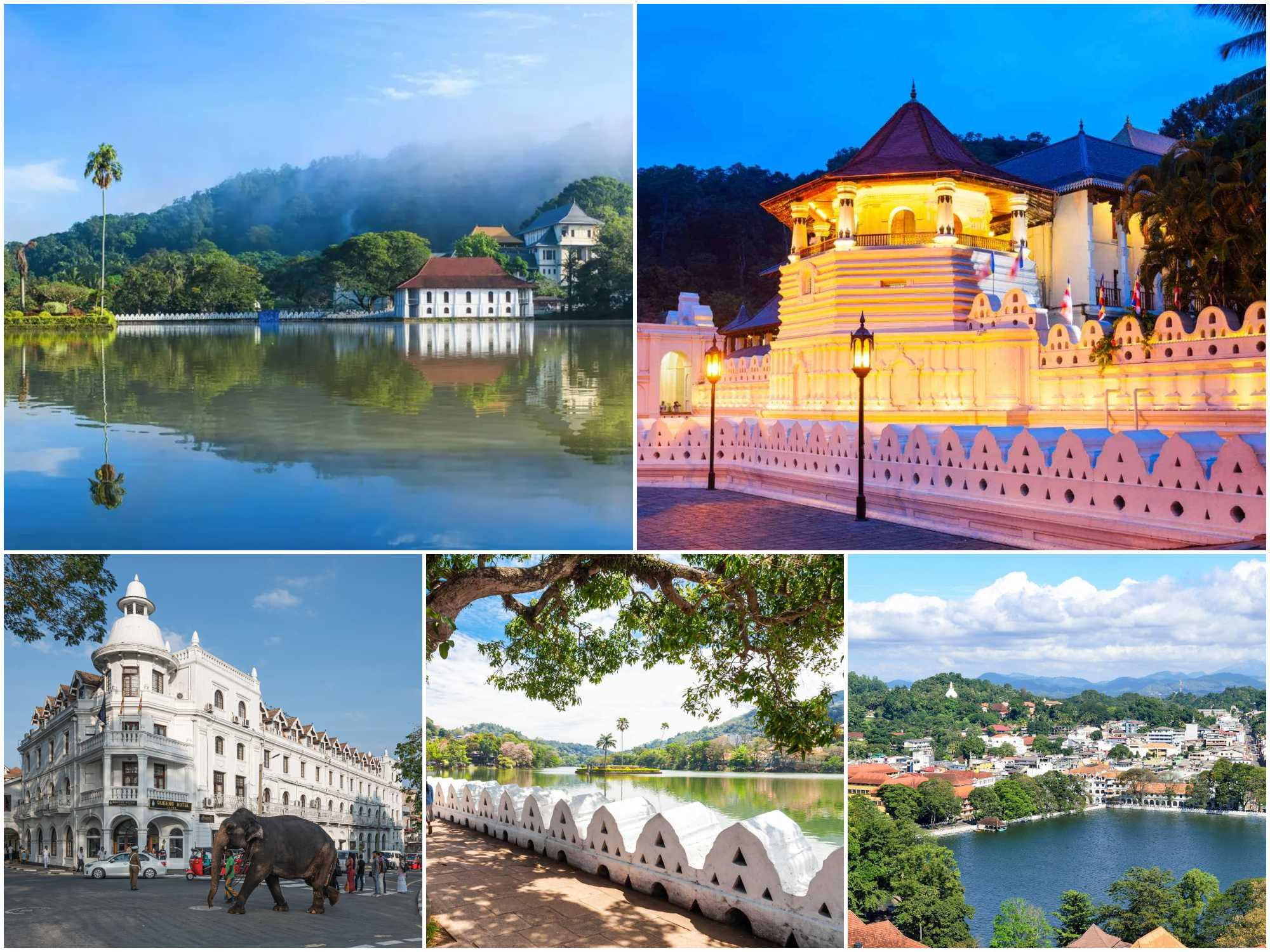
Occupying the island’s southern heartlands, the sublime green heights of the hill country are a world away from the coastal lowlands – indeed nothing encapsulates the scenic diversity of Sri Lanka as much as the short journey by road or rail from the humid urban melee of Colombo to the cool altitudes of Kandy or Nuwara Eliya. The landscape here is a amazing mixture of nature and nurture.
In places the mountainous green hills rise to surprisingly rugged and dramatic peaks, whose craggy grandeur belies the island’s modest dimensions . in others, the slopes are covered in carefully manicured tea gardens whose neatly trimmed lines of bushes add a toy-like quality to the landscape, while the mist and clouds which frequently
blanket the hills add a further layer of mystery.
Some days Kandy’s skies seem eternally bruised, with determined mist clinging to the hills surrounding the city’s beautiful lake. Delicate hill-country breezes drive the mist to gently part, revealing colourful houses and hotels amid Kandy’s doubtful woody halo. In the centre of town, three-wheelers travel around slippery corners, raising a soft spray that threatens the softer silk of the colourful saris worn by local women. Here’s a city that looks good even when it’s raining. And when the rain decreases – and it does with frequency and quickness – Kandy’s blue skies reveal it as this island’s other real ‘city’ after the brighter seaside lights of Colombo. City buzz is provided by busy impulsive street markets and even busier bus stations and restaurants. History and culture are on tap, and 115km from the capital and at an altitude of 500m, Kandy off ers a cooler and more relaxed climate.
Kandy served as the capital of the last Sinhalese kingdom, which fell to the British in 1815 after defying the Portuguese and Dutch for three centuries. It took the British another 16 tough years to finally build a road linking Kandy with Colombo. The locals still arrogantly see themselves as a little different – and perhaps a bit superior – to Sri Lankans from the island’s lower reaches.
Kandy is renowned for the great Kandy Esala Perahera , held over 10 days leading up to the Nikini poya (full moon) at the end of the month of Esala (July/August), but it has enough attractions to justify a visit at any time of year. Some of the Hill Country’s nicest boutique hotels nestle in the hills surrounding Kandy, and the city is a good base for exploring the underestimated terrain of the nearby Knuckles Range.
Weather in the hill country is unpredictable at the best of times, and different areas enjoy slightly different climatic conditions depending on where they lie in relation to the two monsoons. As a very general rule of thumb, the driest months throughout the hill country are from January to April (sometimes stretching from Dec–May). There’s usually heavy rainfall at the beginning of the southwest monsoon from May/June to July, and again from September to November/December. August, however, can be quite dry. The further southwest you go, the wetter things usually become – the area around Ratnapura, Sinharaja and Adam’s Peak receives more rainfall than anywhere else in the country, especially at the beginning of the southwest monsoon from May/June to July. The southeast hill country – Ella, Haputale and Bandarawela – by contrast receives its heaviest rainfall from September to November/December.
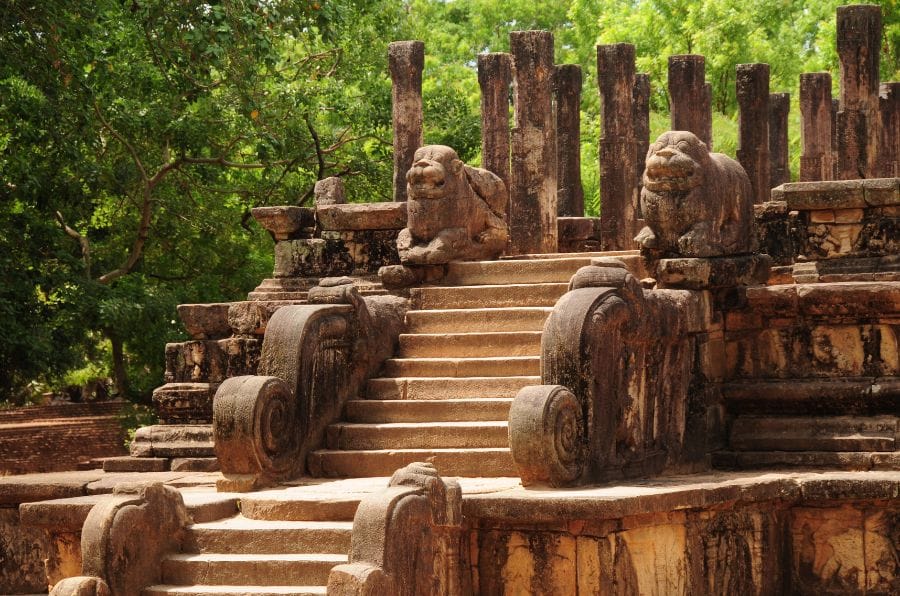
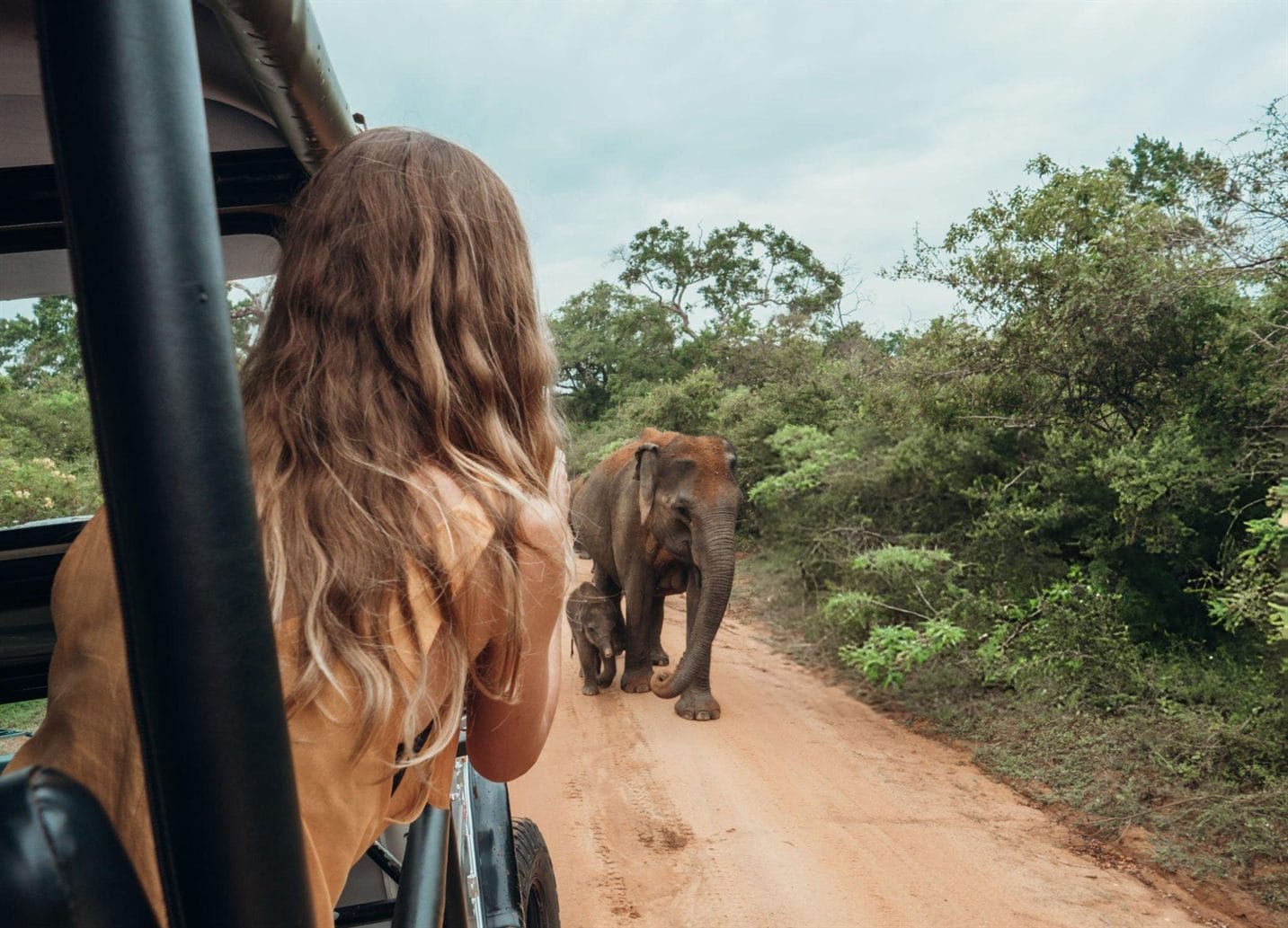
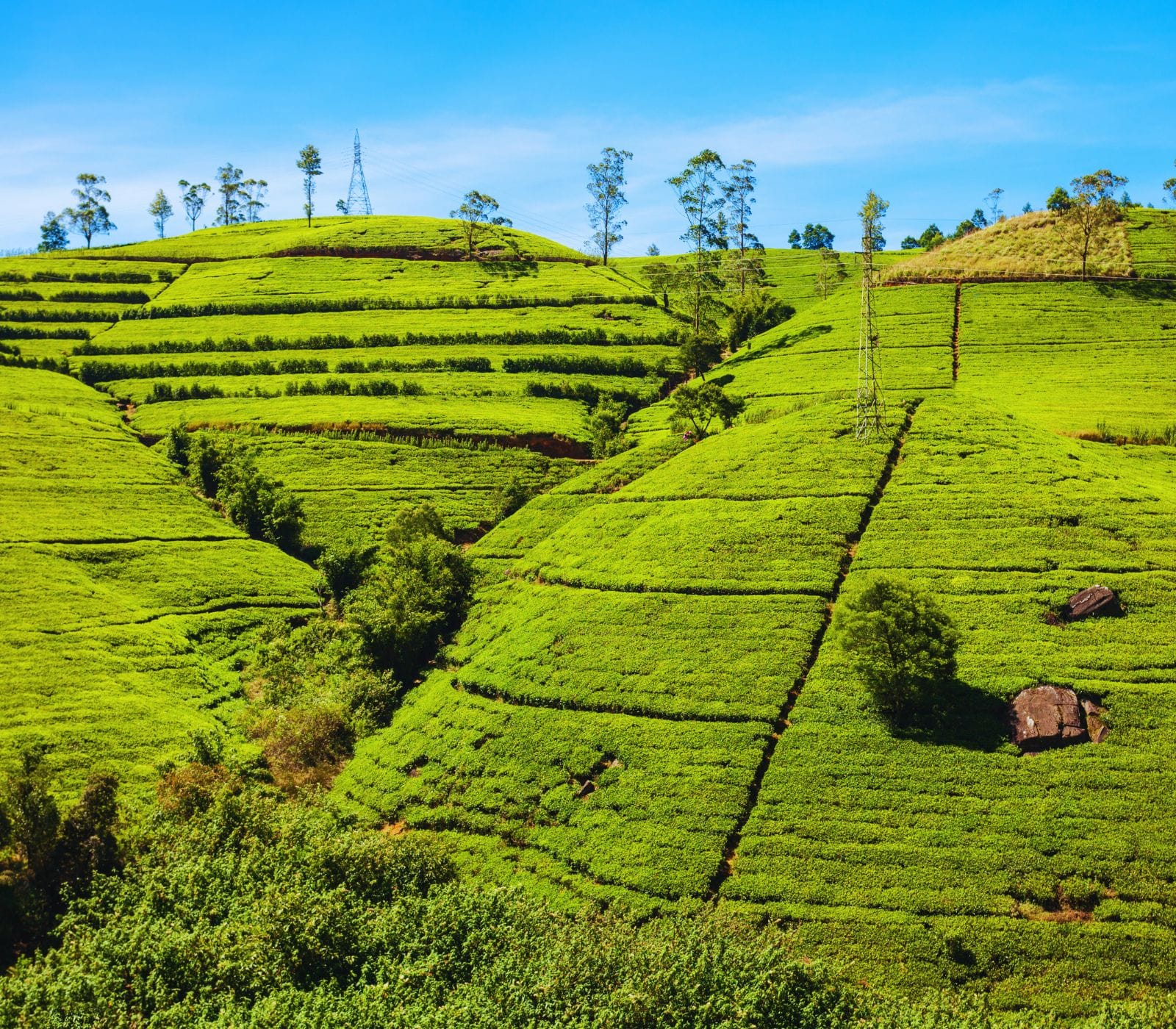





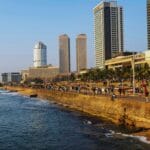




Leave a comment: